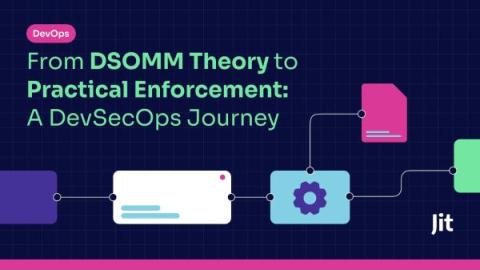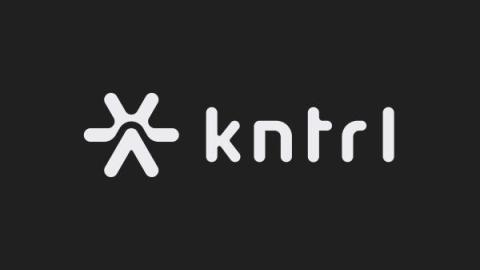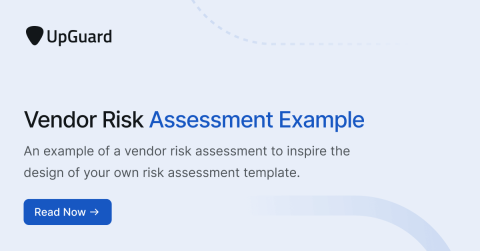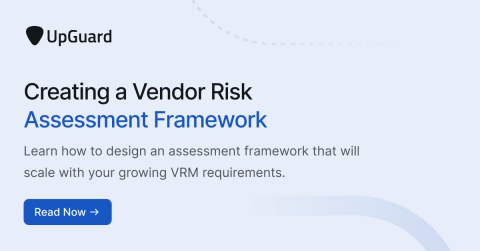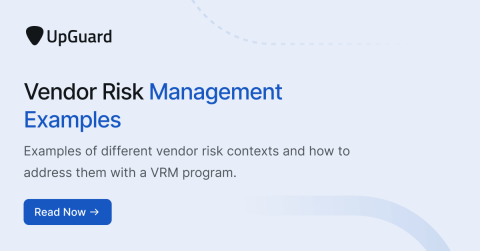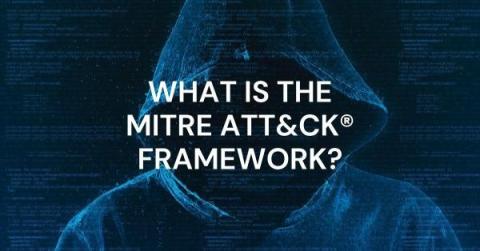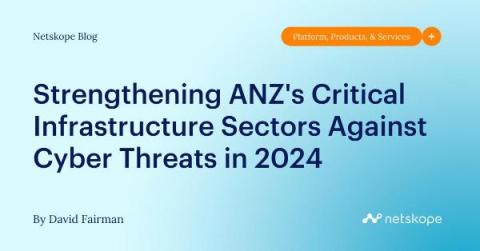FBI Strikes Again - BreachForums Seized
Today, May 15, 2024, the FBI and DOJ, working alongside international partners like the NCA and New Zealand Police, have taken control of one of the major dark web forums, BreachForums. This action comes shortly after a significant data leak from the Europol portal surfaced on the forum.



